
For decades, the Mexican gray wolf teetered on the edge of extinction, a victim of outdated predator control efforts. Today, a slow but steady recovery is underway in Arizona and New Mexico. Yet, the strategy guiding that recovery has sparked fierce legal and scientific debate.
A recent court ruling sided with federal wildlife officials, keeping strict geographic limits in place—even as conservationists argue these boundaries hinder long-term survival. At the heart of the controversy lies a fundamental question: Is the current plan doing enough to protect genetic diversity and ensure a healthy, wild future for this rare subspecies?
The court’s decision marks a turning point for the recovery effort, and the story of the Mexican wolf is far from over.
Court Upholds Plan to Keep Wolves South of I-40
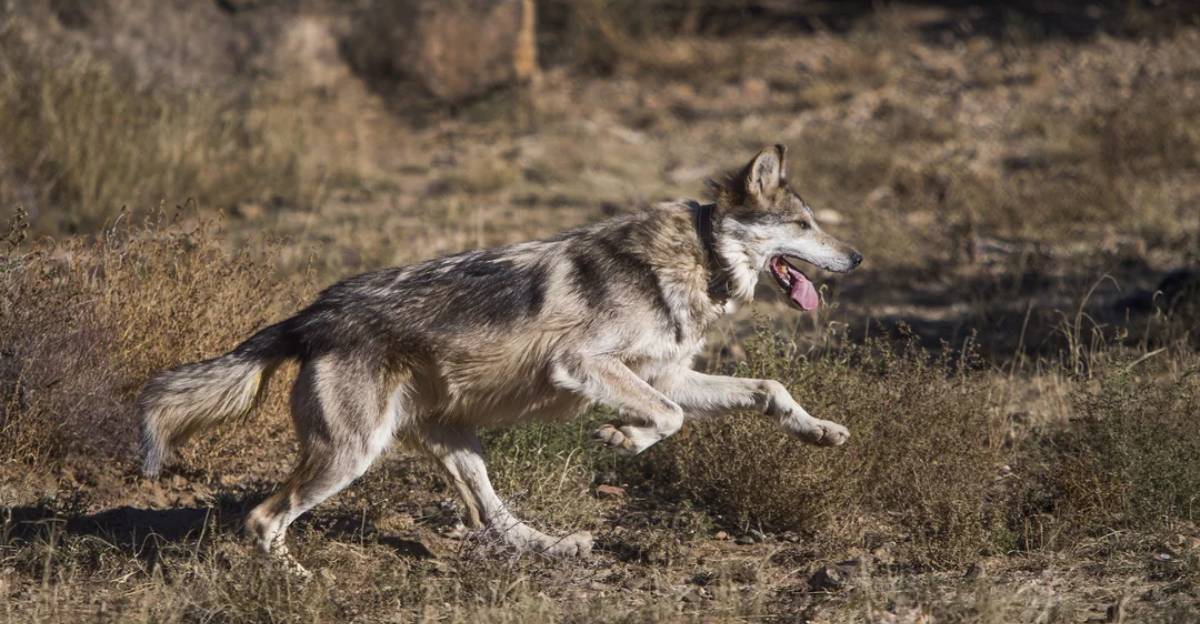
A federal judge in Tucson has upheld the current strategy for recovering endangered Mexican gray wolves, siding with U.S. wildlife officials who restrict the animals’ range to areas south of Interstate 40.
Conservation groups sued, claiming the 2022 plan revision fails to promote genetic diversity or allow natural range expansion. However, U.S. District Judge Scott Rash ruled otherwise, stating the plan is both lawful and achievable. Under existing rules, wolves found north of I-40 are captured and returned to the Mexican Wolf Experimental Population Area, which spans parts of eastern Arizona and western New Mexico.
That containment strategy remains in place for now, despite pushback from environmentalists who believe it impedes necessary ecological adaptation and ignores emerging habitat needs for the subspecies’ long-term success.
Conservationists Argue Plan Fails on Genetic Diversity
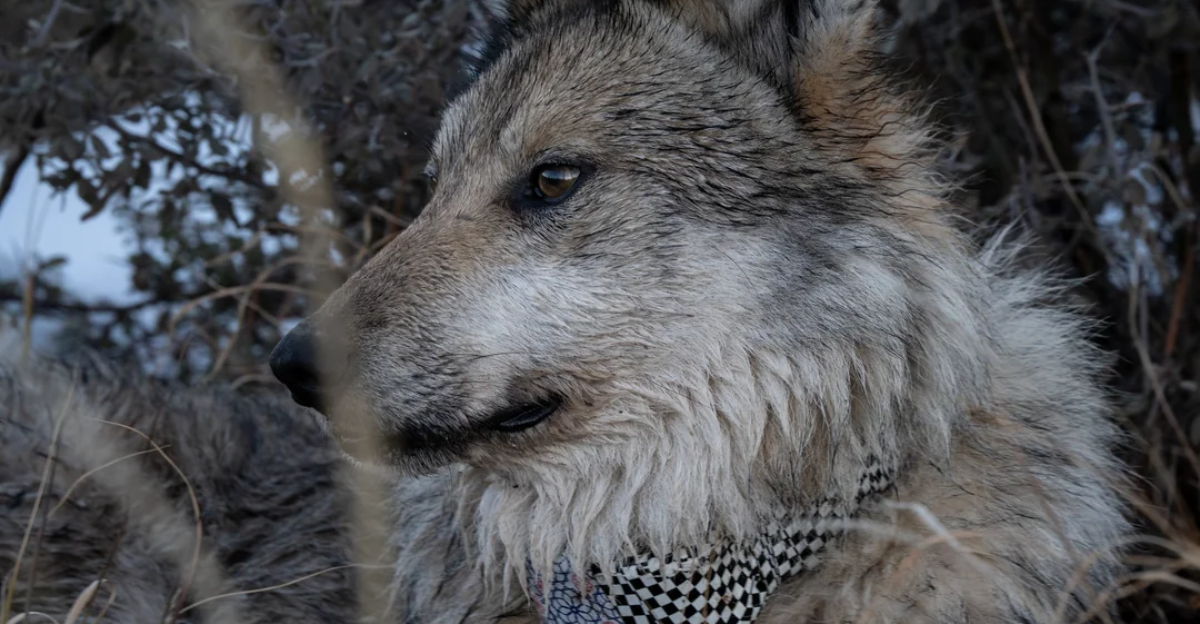
Seven environmental organizations led the legal challenge, asserting the wolf recovery plan falls short by not prioritizing genetic health. According to their suit, the Mexican wolf’s small, isolated population needs freedom to roam beyond designated boundaries to diversify its limited gene pool.
“The best scientists have said that the Fish and Wildlife Service needs to be doing more to save the species,” said Greta Anderson of Western Watersheds Project. Critics worry that continued restrictions will lead to inbreeding and weakened resilience among future generations.
They argue that suitable habitat exists beyond I-40 and that natural expansion should be encouraged, not curtailed. These groups are now weighing their next move, including a possible appeal, as they push for a more science-driven approach.
Why Wolves Are Confined to the Experimental Zone
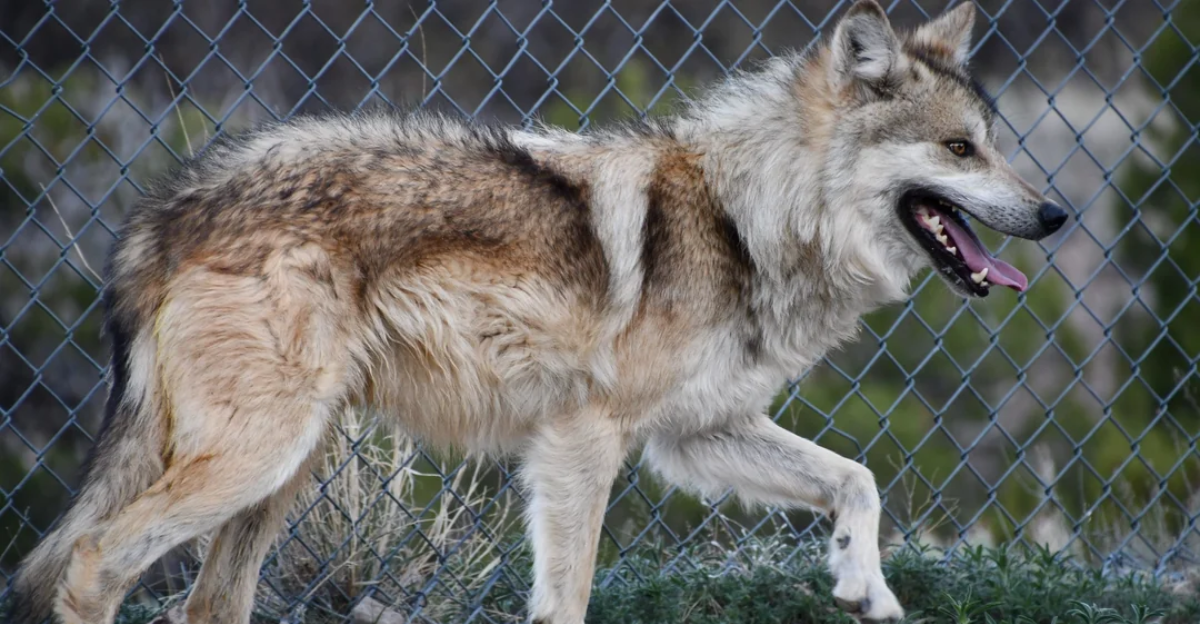
Federal and state officials maintain that the current boundaries reflect the species’ historical range and support controlled reintroduction. The Mexican Wolf Experimental Population Area, where wolves are re-released if they stray too far north, was established to manage the population within suitable terrain and avoid conflicts with human activities.
By keeping wolves within a defined zone, officials believe they can better track reproduction, survival, and behavior, all critical metrics for a species still on the rebound. Critics argue the approach is too rigid, but wildlife agencies counter that gradual, measurable progress is being made.
The decision to uphold this framework underscores the tension between scientific idealism and practical management—especially when it comes to endangered species in mixed-use landscapes.
Judge Declares Recovery Plan Legal and Sensible

In a detailed 42-page ruling issued March 31, U.S. District Judge Scott Rash concluded the Mexican wolf recovery plan is legally sound and grounded in reason. The ruling rejected claims that the 2022 revision violated the Endangered Species Act or was based on flawed reasoning.
By granting summary judgment to the U.S. Fish and Wildlife Service and the Arizona Game and Fish Department, the court effectively endorsed the agencies’ approach. Judge Rash found no evidence of arbitrary or capricious decision-making and affirmed that the plan’s goals—though not without limitations—are achievable.
The outcome marks a significant legal win for government agencies managing the wolf’s reintroduction, reinforcing a more measured approach even as environmentalists push for broader protections and reforms.
A Lawsuit Years in the Making by Key Environmental Groups
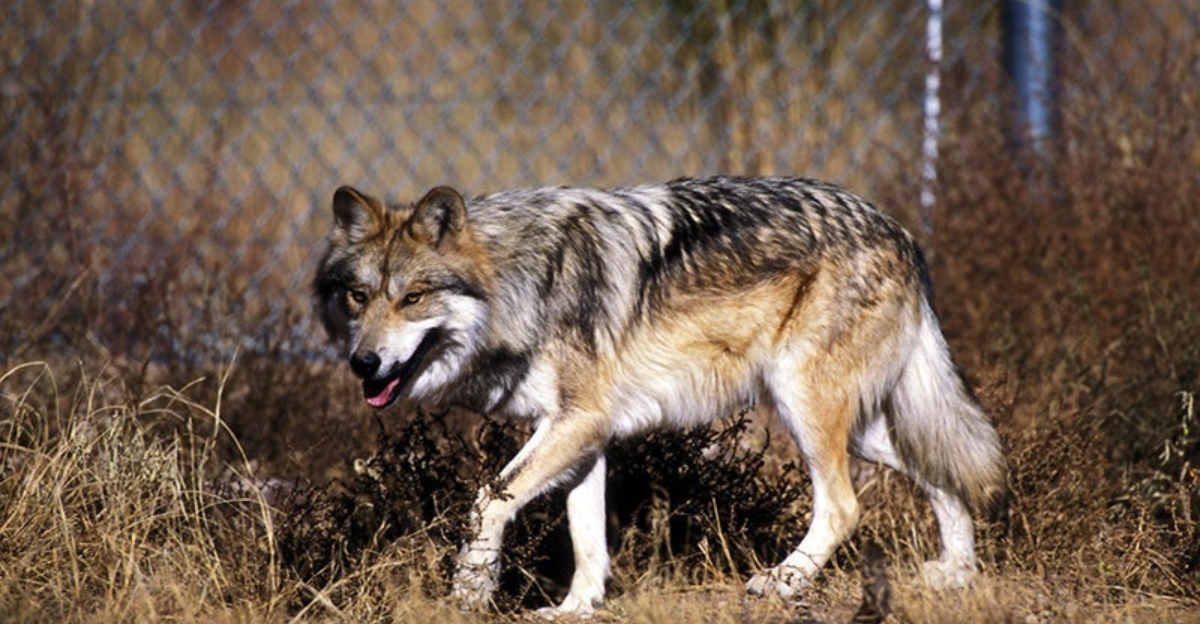
The lawsuit, filed in 2022, was spearheaded by the Center for Biological Diversity and Defenders of Wildlife, joined by five other groups. All have long criticized what they see as a piecemeal and overly cautious recovery process.
They argue that the 2022 plan ignored expert recommendations and compromised the wolf’s future for political convenience. Their case rested on the belief that the Fish and Wildlife Service failed to meet its legal obligations under the Endangered Species Act by not doing more to ensure genetic diversity and ecosystem connectivity.
While the court disagreed, the plaintiffs remain adamant that stronger science-based action is needed. For now, they continue to advocate for a more ambitious vision of wolf recovery in the American Southwest.
From Near Extinction to a Growing Wild Population
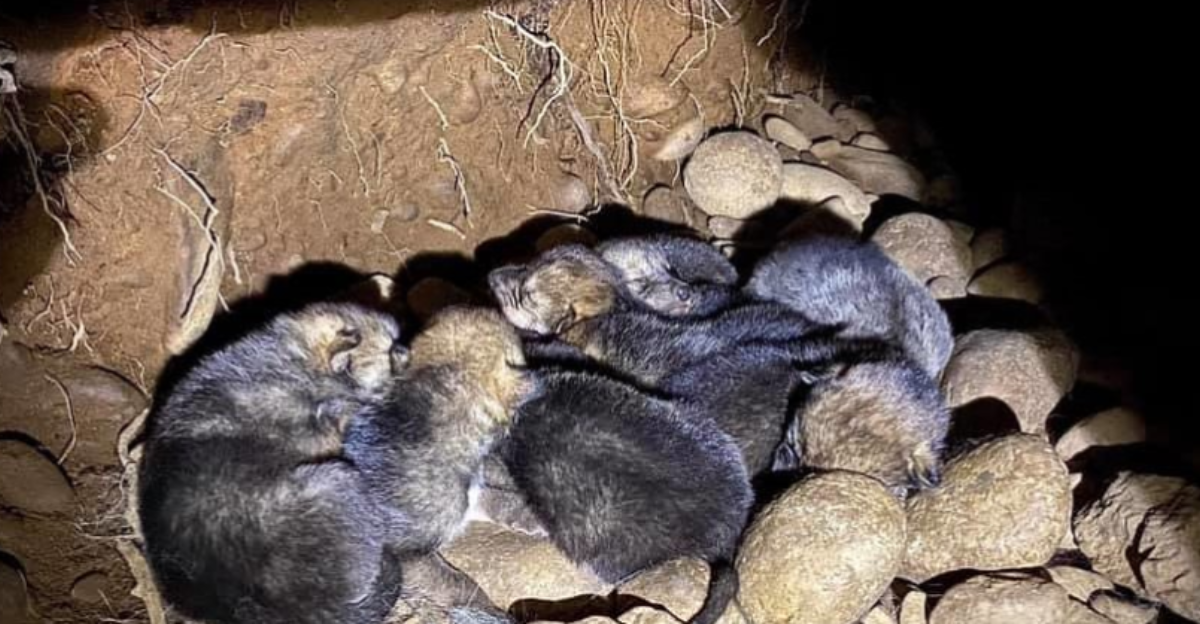
Once nearly wiped out by predator eradication programs, the Mexican gray wolf has made a remarkable comeback since its listing as endangered in 1976. Recovery efforts began in earnest in 1998 using captive-bred wolves descended from just seven animals.
Today, the wild population in Arizona and New Mexico stands at 286, according to the latest annual survey. That’s an 11% rise from the previous year and the ninth consecutive year of population growth—the most sustained progress since reintroduction began.
While still small by ecological standards, the steady upward trend is viewed as a sign of hope. It shows that the tightly managed recovery plan is yielding results, even as debate swirls over how much control is too much.
A Closer Look at Wolf Packs and Pup Survival
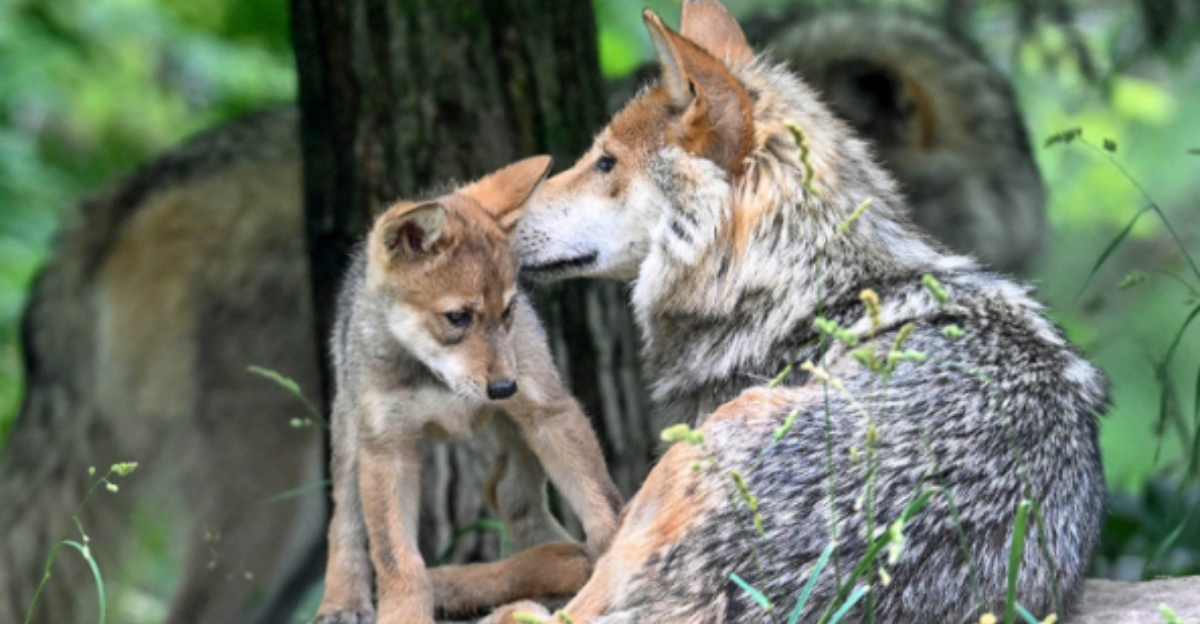
The recent survey identified at least 60 wolf packs across the recovery area, each consisting of at least two wolves with a defined home range. These packs are the building blocks of a successful population, and their numbers show signs of stability.
In 2024 alone, 164 pups were born, with 79 surviving through the end of the year—a 48% survival rate. While that number suggests improvement, it also highlights the fragile nature of the species’ recovery. Pups face a host of challenges, from predation to harsh environmental conditions.
Monitoring these family units helps scientists gauge the health of the broader population, and improving pup survival remains a key metric in the long-term success of the recovery effort.
Captive Breeding Program Helps Safeguard the Species
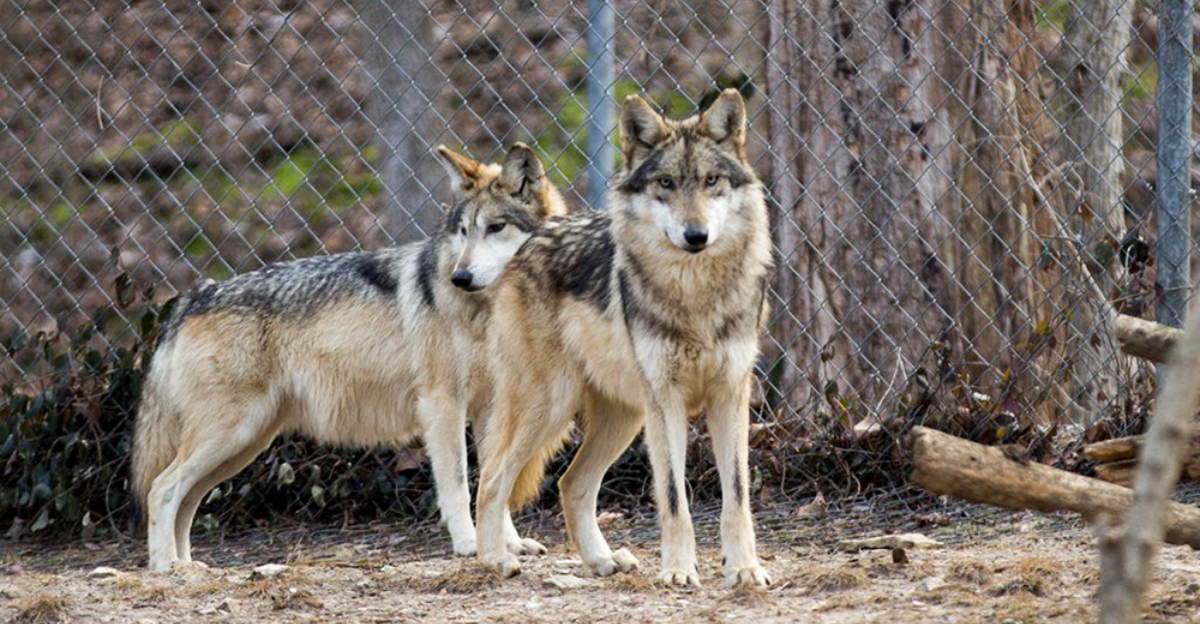
Beyond the wild population, roughly 350 Mexican wolves live in captivity across the U.S. and Mexico. These wolves are part of a bi-national breeding program designed to maintain genetic diversity and serve as a backup in case of major population loss in the wild.
Captive wolves also supply individuals for reintroduction, helping to bolster the wild population as needed. Managed breeding ensures that rare genetic traits are preserved and prevents inbreeding among wild packs.
Institutions housing these wolves play a critical role in research, public education, and population management. While captivity isn’t the ultimate goal, it remains an essential tool for ensuring the long-term survival of a subspecies that nearly vanished just a few decades ago.
What’s Next for the Mexican Gray Wolf?
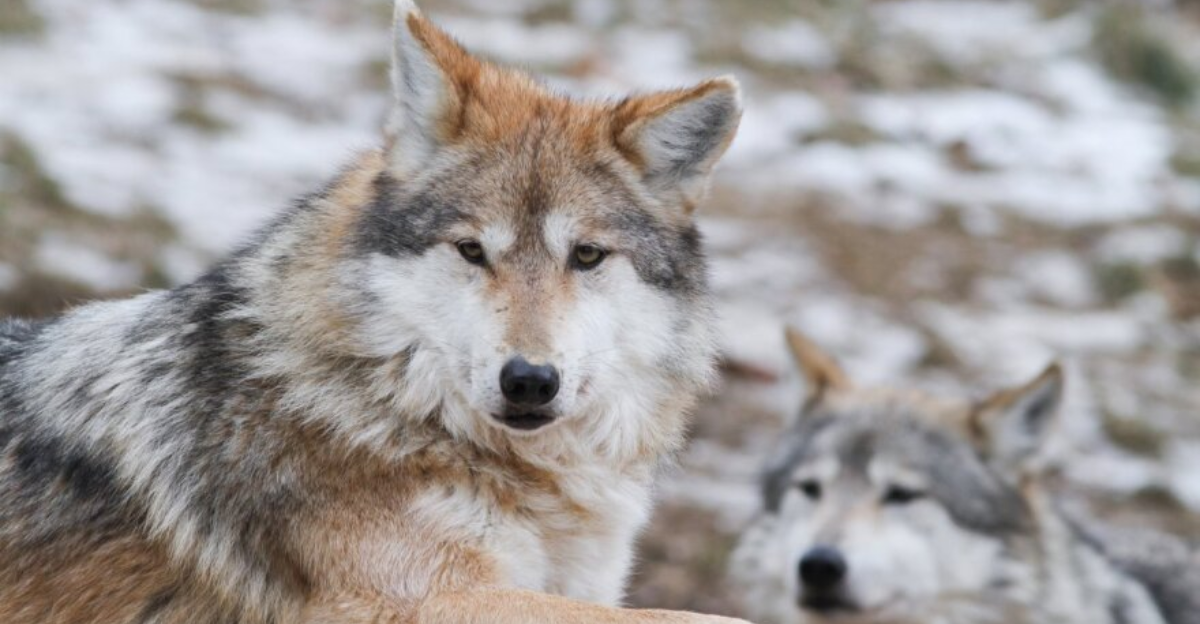
With the court siding in favor of wildlife officials, the recovery plan remains unchanged for now. However, environmental groups continue to push for revisions that would open more territory and strengthen genetic protections.
Whether through future lawsuits, policy shifts, or appeals to public opinion, the debate is far from over. Advocates insist that more proactive strategies are needed to ensure the wolf’s resilience in a changing landscape. Meanwhile, federal and state agencies remain focused on balancing recovery with human interests, including livestock concerns.
The road ahead for the Mexican gray wolf is uncertain, but one thing is clear: its survival will depend not only on science and law but on the will to coexist with one of North America’s most endangered predators.
Explore more of our trending stories and hit Follow to keep them coming to your feed!

Don’t miss out on more stories like this! Hit the Follow button at the top of this article to stay updated with the latest news. Share your thoughts in the comments—we’d love to hear from you!







